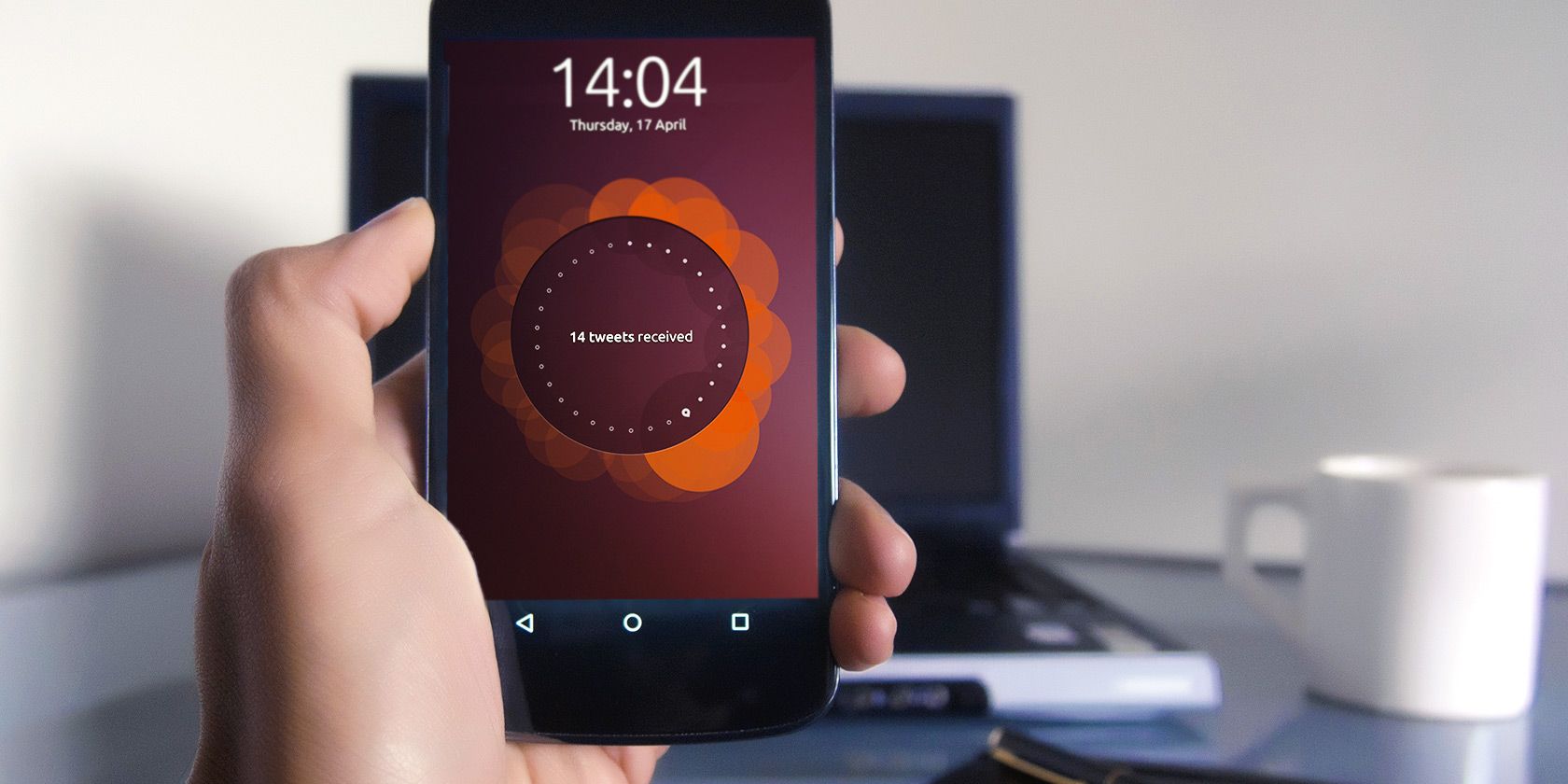Need a desktop OS on your smartphone or tablet alongside Android? Having a lightweight, portable Linux computer by your side can prove remarkably useful, and with more and more devices now able to run Ubuntu it makes sense to choose this distribution.
Beyond Ubuntu On Nexus
Those of you with Nexus 5 handsets have been able to install the Ubuntu Touch – a mobile version of the Linux operating system — on your devices since 2013. The devices originally supported were the Galaxy Nexus, Nexus 4, Nexus 7 and Nexus 10, and in the months since the launch of the alpha release, the OS has been improved bit by bit to add features and stability.
This video provides a recap:
We provided readers with the steps they need to install Ubuntu Touch on their Nexus handsets, but since 2013 additional devices have been added to the list of supported tablets and phones.
Which Devices Will Run Ubuntu?
Although only a handful of Nexus devices are confirmed to run Ubuntu Touch, many others have had the mobile operating system ported to them. If you're wondering whether or not your hardware is suitable, the first thing to do is to take a look at the list of working ports, which you'll find on the Ubuntu Wiki. Note that unlike the Nexus versions, the ports on this list are not hosted by Ubuntu.
When reviewing the list, make sure the list matches your device version. In an age of gradual iterations and multiple devices with the same name (HTC, we're looking at you), it can be easy to think you're downloading a ROM for device B only to find it is in fact intended for the older, and slightly different, device A.
As with Ubuntu Touch on the Nexus, these versions for the renamed Ubuntu for Devices are still in the developer preview stage. Remember: this isn't ready for the big time just yet, which is why dual booting is the sensible option here, and is part of the installation.
Install Ubuntu On Android, the Easy Way
We've previously covered the steps you need to flash a new Android ROM, but dual booting is a little different.
While the initial release of Ubuntu Touch with the Ubuntu Dual Boot app could only be installed using an Ubuntu computer (Live CDs were unreliable, although a version installed to a virtual machine should have worked) it is now possible to flash the operating system in just a few minutes.
You'll find the device-specific steps you need via the Ubuntu Wiki. Before proceeding, make sure that your device has an unlocked bootloader. Some devices require S-Off to be set. You should also make a Nandroid copy of your device should the installation fail, so that you can restore your data quickly.
You should also have USB debugging enabled (Settings > Developer Options > USB Debugging). If this isn't visible, open About and tap Build number seven times; you'll see a notification when Developer Mode is enabled, which will in turn add Developer Options to the Settings menu. The original install demanded 2.7 GB of free storage on your device, and as the ports are all based on this then you should make sure that you have this space available.
Finally, take the time to prepare a system running Ubuntu (either full install or with a virtual machine – the Live CD isn't good enough for this task) in the event of problems, and install ADB.
Ubuntu, in Your Pocket!
When the Ubuntu Touch OS was first unveiled, installing it on even the approved Nexus devices was tricky. Fortunately, thanks to the hard work of developers, almost all working in their own time, it is now possible to simply flash the operating system to a phone or tablet. But, this version of Ubuntu might not be what you're looking for. In this event we suggest checking Google Play, where other Linux distros can be installed on Android devices using tools such as Complete Linux Installer.
Meanwhile, if you can't find a suitable ROM, or aren't keen on installing the touch version of Ubuntu at this stage but still want to try it out, you can run Ubuntu for Devices in an emulator.
Did you install Ubuntu successfully? Perhaps you ran into a problem? You might even be running Ubuntu successfully on your Android phone or tablet. Tell us all about it in the comments.

